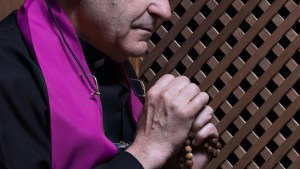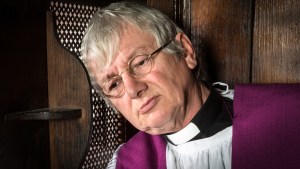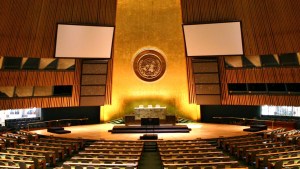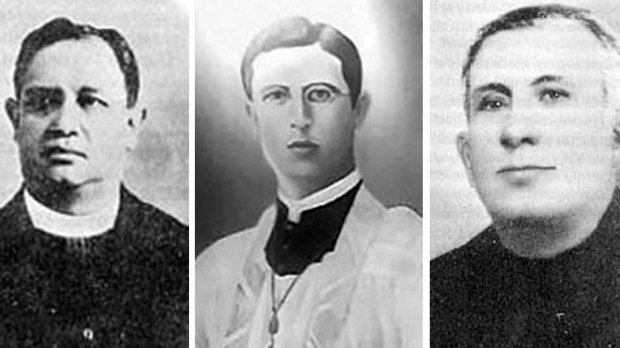The Cristero War in Mexico is counted among the darkest chapters in the history of that nation. More than 90,000 Mexicans lost their lives. Everyday citizens who took up arms to defend their faith came to be known as Cristeros.
On May 21, 2000, Pope John Paul II canonized 25 saints and martyrs who died in that war. Most of them were Catholic priests, including six who were members of the Knights of Columbus.
In fact, among the Cristeros, there were more than 70 members of the Knights of Columbus who died fighting for their faith and freedom during the Cristero War.
What follows is a short history of three of the priests.
1The madman of the Sacred Heart
St. Jose Maria Robles Hurtado
He was born in 1888, entered the seminary at the age of 12, and was ordained a priest in 1913. He was also a member of the Knights of Columbus, Council #1979 (council inactive).
St. Jose loved being a priest and used his exceptional writing skills to create pamphlets and lesson books about Jesus and His Sacred Heart. He had such a devotion to the Sacred Heart that some referred to him as the “Madman of the Sacred Heart.”
In 1923, Father Robles Hurtado organized thousands of Catholics and had them come to central Mexico to erect a giant cross in honor of Jesus. The cornerstone was placed, but the government stopped any further action. When President Calles came to power in 1924, he already knew of the “Madman” — and was not about to have any of his “anti-government” influence affecting the people.
Father Hurtado was leading a family in prayer at their home when soldiers kicked down the door and arrested him for “violating the law.” The date was June 25, 1927. He was immediately sentenced to be hanged.
The next morning, standing under an oak tree, Father Jose Robles Hurtado graciously placed the rope around his own neck so no one else would feel responsible for his death. He forgave his executioners, and then he was hanged. Many of the soldiers wept as he died.
2Defender of Confession
St. Mateo Correa Magallanes
Father Correa Magallanes was born in Tepechitian on July 23, 1866. He attended seminary at Zacatecas and was ordained a priest in 1893. He was a member of Knights of Columbus Council #2140 in Zacatecas.
In 1927, Father Correa was arrested by soldiers as he was bringing Holy Viaticum to an ill woman. When he saw the soldiers coming, he immediately consumed the consecrated Host to avoid it being desecrated. He was taken to a nearby jail.
Several days passed when an officer, General Eulogio Ortiz, gave the priest permission to hear the confessions of the prisoners. Father Correa gladly did this. When he was finished, he was taken into a room, and the general demanded that he tell them what the prisoners had told him or die. Father Correa adamantly refused. He said, “You ignore the fact, General, that a priest must keep the secret of confession. I am ready to die.”
The next morning he was taken to a nearby cemetery and shot to death.

Read more:
California confession bill passes state senate

Read more:
The seal of confession: What it is and why it should be protected
3Protector of seminarians
St. Rodrigo Aguilar Aleman
Father Rodrigo was born in Sayaulo on February 13, 1875. He studied for the priesthood at the Seminary of Zapotlan el Grande and was ordained a priest on January 4, 1903. He was a member of Knights of Columbus Council #2330 in Guzman, Mexico.
On October 27, 1927, a large contingent of soldiers arrived in the town of Ejutla, where Father Rodrigo was one of the instructors of a seminary. The soldiers were led by the feared general, Juan Izaguirre. Word of their arrival had given the seminarians time to flee. Father Rodrigo stayed behind to burn all seminarian records so the soldiers would not find them. He was captured by the soldiers. When asked who he was, he said forcefully and without hesitation, “I am a priest.”
General Izaguiree wanted to make an example of Father Rodrigo, so he ordered him hanged in the central square of Ejutla. He was led to a large mango tree, but Father Rodrigo took charge. He blessed the rope that would be used to hang him. Then he pardoned his executioners and the other soldiers. One of them asked him to answer the question, “Long live who?”
They wanted him to say, “Long live the Supreme Government.” This would save his life. He did not hesitate with his response. He quickly said, “Long live Christ the King and Our Lady of Guadalupe.” They pulled him up and lowered him asking him again. He gave the same answer. The third time, now barely able to speak, he gave the same answer. This time he was left hanging and died.
These saints are a shining example for all of us, and we pray that we might display the same courage they did if ever faced with injury or death because of our precious faith.

Read more:
Hard to believe but yes, there are more martyrs today than in 1st centuries

Read more:
UN creates day to commemorate victims of religious persecution

